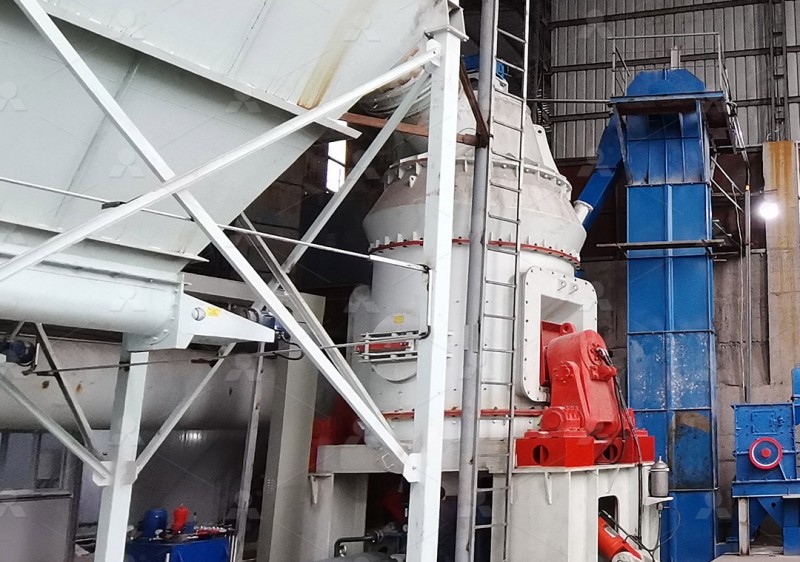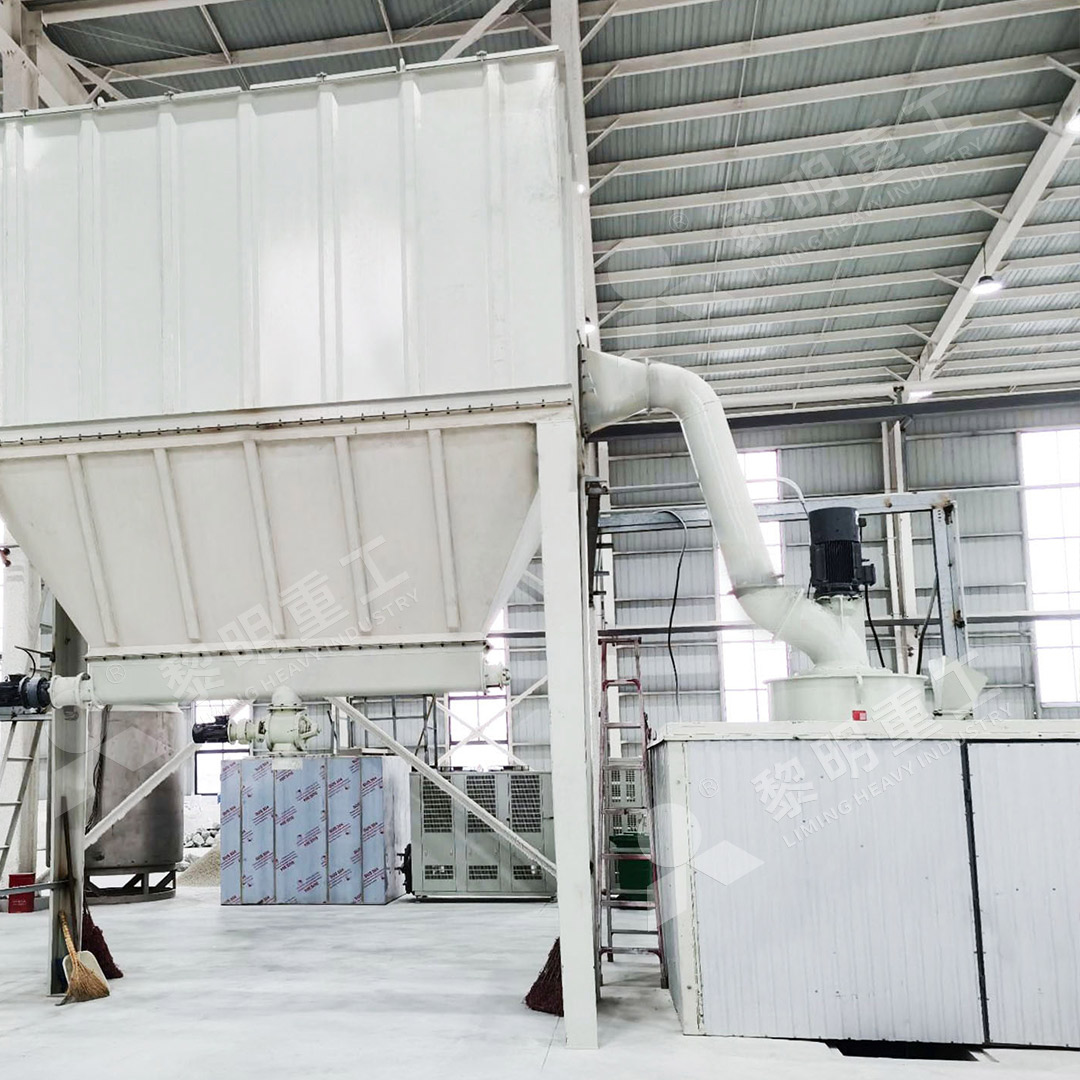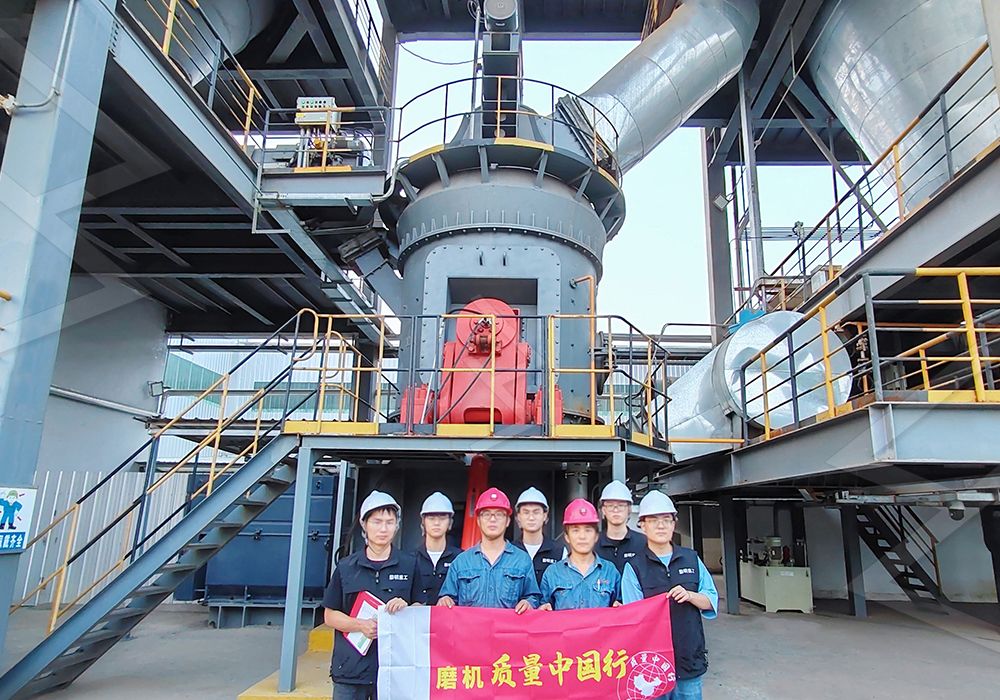Vertical Roller Mill for Steel Slag Processing
Vertical Roller Mill for Steel Slag Processing
The steel industry generates substantial amounts of slag as a byproduct, presenting both environmental challenges and valuable recycling opportunities. Proper processing of steel slag transforms this industrial waste into useful materials for cement production, construction aggregates, and soil stabilization. The key to efficient steel slag recycling lies in advanced grinding technology that can handle its abrasive nature and variable composition.
Steel slag possesses unique characteristics that demand specialized milling equipment. Its high iron content, variable hardness, and abrasive properties can cause rapid wear on conventional grinding systems. Furthermore, the moisture content in freshly produced slag requires integrated drying capabilities within the milling process. These challenges necessitate robust, efficient vertical roller mills specifically engineered for slag processing applications.

Technical Challenges in Steel Slag Grinding
Processing steel slag involves several technical considerations that impact mill selection and operation. The material’s abrasiveness requires wear-resistant components, while its moisture content demands effective drying integration. Particle size distribution control is crucial for end-product quality, and energy efficiency remains a primary concern given the large volumes typically processed.
Traditional ball mills often struggle with steel slag due to high energy consumption and significant wear part replacement costs. The industry has increasingly shifted toward vertical roller mills that offer superior efficiency, reduced operating costs, and better product quality control.
Advanced Solutions for Slag Processing
Modern vertical roller mills address steel slag’s challenges through innovative engineering solutions. Integrated drying systems handle moist materials directly, eliminating the need for separate drying equipment. Advanced grinding curves and pressure mechanisms optimize the comminution process, while sophisticated separators ensure precise particle size control.
For operations requiring ultra-fine steel slag powder, the MW Ultrafine Grinding Mill represents an excellent solution. With an input size capacity of 0-20 mm and throughput ranging from 0.5-25 tph, this machine efficiently processes steel slag into high-value ultra-fine powder. The mill’s innovative design features higher yielding capacity with lower energy consumption compared to traditional grinding systems, achieving 40% higher production capacity than jet grinding mills with only 30% of the energy consumption.

Operational Advantages in Steel Slag Applications
The MW Ultrafine Grinding Mill incorporates several features specifically beneficial for steel slag processing. Its adjustable fineness between 325-2500 meshes allows operators to produce various product specifications from the same equipment. The absence of rolling bearings and screws in the grinding chamber eliminates common failure points when processing abrasive materials like steel slag.
Environmental compliance is ensured through integrated pulse dust collection systems that maintain clean operation, while noise reduction features create better working conditions. The mill’s digitalized processing ensures consistent product quality, and comprehensive spare parts support guarantees worry-free operation in demanding steel plant environments.
Economic and Environmental Benefits
Implementing advanced vertical roller mills for steel slag processing delivers significant economic advantages. Reduced energy consumption lowers operating costs, while higher production rates increase throughput. The ability to produce value-added products from waste materials creates new revenue streams while addressing environmental responsibilities.
Steel manufacturers can achieve substantial returns on investment through reduced waste disposal costs, lower energy consumption, and new product development. Environmental benefits include reduced landfill usage, lower carbon footprint through energy efficiency, and creation of sustainable construction materials.

Frequently Asked Questions
What makes vertical roller mills suitable for steel slag processing?
Vertical roller mills offer integrated drying, efficient grinding mechanics, and wear-resistant designs that handle steel slag’s abrasive nature effectively. Their vertical configuration and advanced separation technology provide superior control over product fineness and quality.
How does the MW Ultrafine Grinding Mill handle steel slag’s abrasiveness?
The MW mill features a unique chamber design without rolling bearings or screws in the grinding area, eliminating common wear points. High-quality wear-resistant materials in critical components extend service life, while external lubrication systems allow maintenance without shutdowns.
What particle sizes can be achieved when processing steel slag?
The MW Ultrafine Grinding Mill can produce steel slag powder with fineness ranging from 325 to 2500 meshes, with screening rates achieving d97≤5μm in a single pass. This flexibility allows production of various product grades for different applications.
How does the energy consumption compare to traditional grinding systems?
The MW mill reduces energy consumption by approximately 70% compared to jet grinding mills and 50% compared to ball mills, while achieving 40% higher production capacity than jet mills and double the output of ball mills.
What environmental features are incorporated into modern slag grinding mills?
Modern mills include efficient pulse dust collectors that eliminate dust pollution, silencers and noise elimination systems that reduce operational noise, and fully enclosed systems that operate under negative pressure to prevent material escape.
